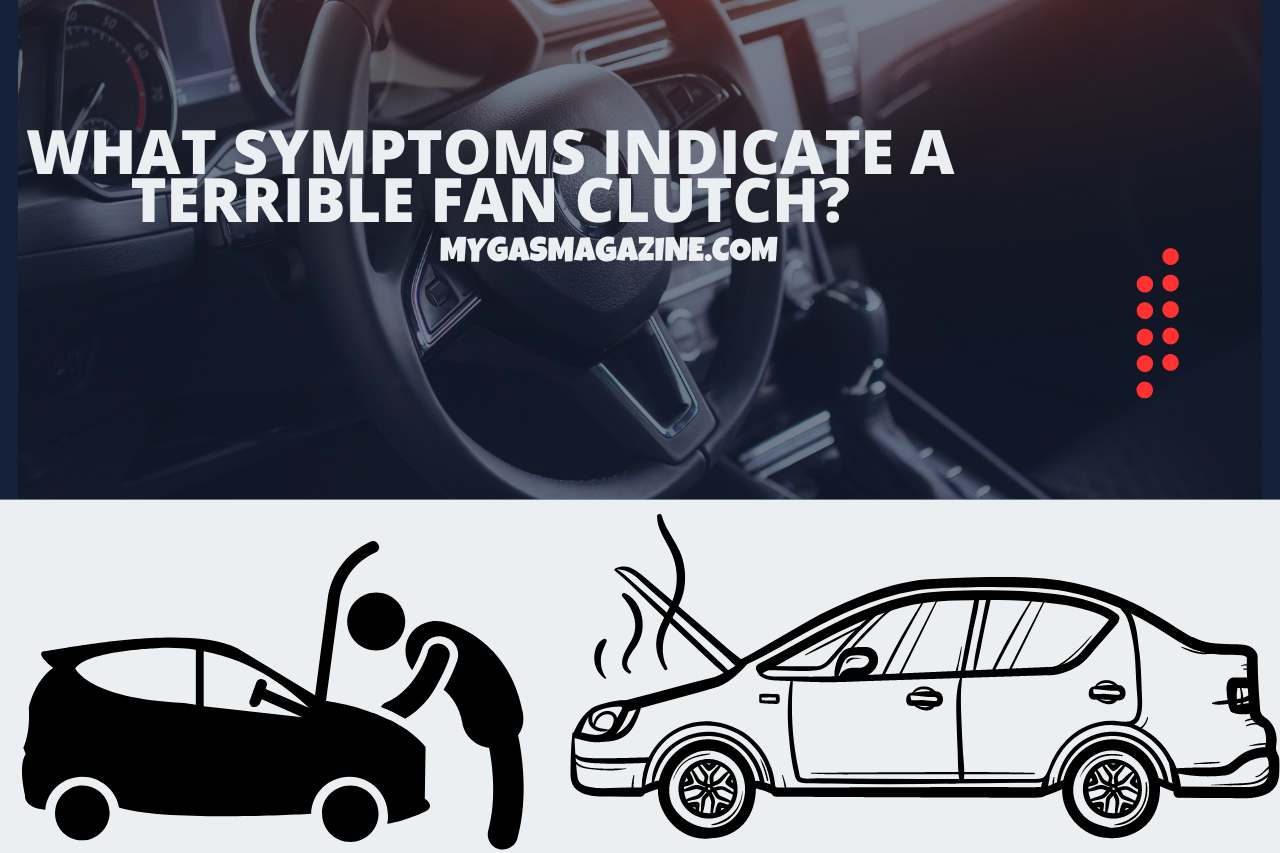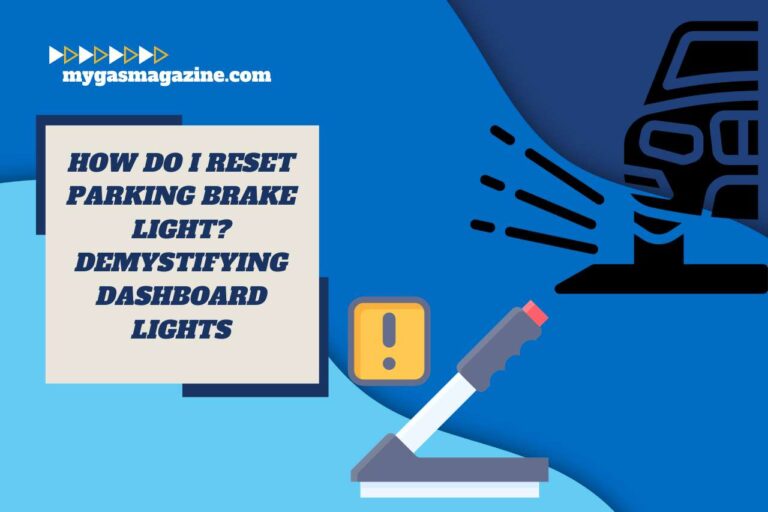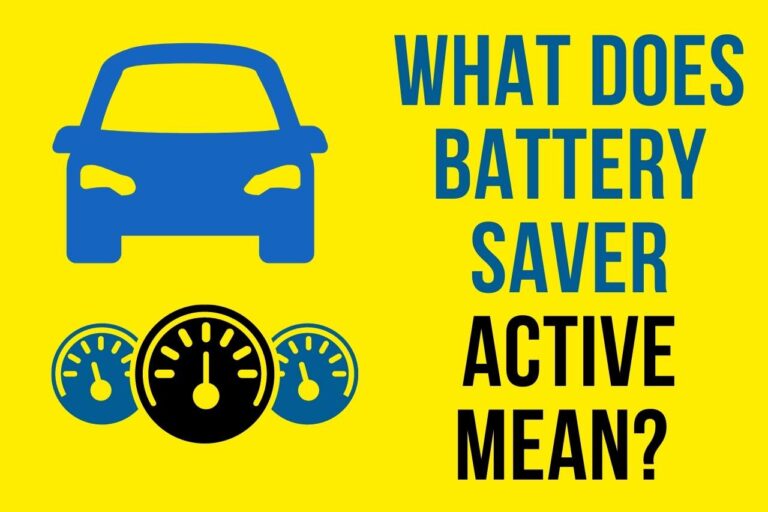Should a Fan Clutch Spin Freely When Hot? Fan Clutch Troubleshooting!
Every car’s cooling system, which keeps the engine at the ideal operating temperature, is a crucial component. The fan clutch, which is a vital part of this system and regulates the cooling fan’s speed, is one essential component. However, a frequent query is whether a fan clutch should spin freely when the engine is heated.
Should a fan clutch spin freely when hot? The purpose of a fan clutch, its importance in the cooling system, and whether it should spin freely or engage when the engine hits greater temperatures are all covered in this educational manual.
It is crucial to comprehend how the fan clutch works to ensure appropriate engine cooling and avoid complications that can result in engine overheating and damage.
When Heated, Should a Fan Clutch Spin Effortlessly?
A fan clutch should not spin readily or freely while it is hot. When the engine temperature rises, a properly operating fan clutch should engage, causing the fan to spin faster. With more air flowing through the radiator thanks to the fan’s faster speed, the cooling process is improved, and more engine heat is dissipated.
A temperature-sensitive component, such as a thermostatic spring or bimetallic coil, responds to the engine’s temperature in the fan clutch.
The fan clutch disengages when the engine is cold or operating at lower temperatures, allowing the fan to spin freely with no resistance. This helps to increase fuel efficiency and reduces noise.
The temperature-sensitive mechanism in the fan clutch expands as the engine temperature rises, causing the clutch to engage.
This links the fan to the engine’s drive, increasing airflow over the radiator and making the fan spin more quickly—essential for preserving the engine’s ideal operating temperature.
When an engine is heated, improper fan clutch engagement might result in insufficient cooling, which could cause the engine to overheat and sustain damage.
The fan clutch must be regularly maintained and inspected to ensure good operation and engine performance.
To prevent potential engine difficulties, it is best to have your cooling system and fan clutch evaluated and serviced by a trained mechanic if you detect any concerns.
What Purpose does a Fan Clutch Serve in the Cooling System?
The cooling fan helps the radiator in its intended function of cooling the engine coolant by forcing air past the fins. A thermostatically regulated component, the fan clutch, is between the cooling fan and the engine’s water pump pulley.
Usually, it is positioned at the engine’s front. A thermostatic spring or a temperature-sensitive bimetallic coil can be found inside the fan clutch.
The temperature-sensitive mechanism in the fan clutch constricts when the engine is hot or running at lower temperatures, which causes the clutch to disengage.
In this position, the fan spins freely while using little engine power. As a result, the engine experiences less drag and uses less fuel.
What is the Purpose of a Fan Clutch Function?
- A temperature-sensitive component, which may be a thermostatic spring or a bimetallic coil, is found in the fan clutch. The engine’s temperature affects how this mechanism operates.
- Due to the temperature-sensitive system, the fan clutch disengages when the engine is cold or running at lower temperatures. The fan rotates smoothly and with little resistance in this situation, minimizing engine drag and enhancing fuel economy.
- The temperature-sensitive mechanism expands as the engine temperature rises, triggering the fan clutch to activate. When engaged, the clutch connects the cooling fan to the engine’s drive, increasing the fan’s speed. As a result of the higher fan speed, there is more airflow over the radiator.
- The ability of the fan clutch to adjust the fan speed in response to engine temperature aids in keeping the engine within the appropriate operating temperature range.
- The fan clutch lowers parasitic losses and boosts fuel efficiency by disengaging the fan when the engine is not running. Additionally, it aids in reducing fan noise when driving usually.


What Symptoms Indicate a Terrible Fan Clutch?
- Engine overheating, mainly when idle or in slow traffic, is one of the most apparent symptoms of a faulty fan clutch. If the fan clutch malfunctions, the cooling fan may be unable to move enough air through the radiator, impairing cooling and raising engine temperature.
- The cooling fan may spin at higher speeds than necessary due to a failed fan clutch. Even when driving, usually, this may lead to louder and more audible fan noise.
- In front of the radiator, the cooling fan also aids in cooling the air conditioning condenser. A malfunctioning fan clutch could result in insufficient airflow for effective air conditioning operation, lowering cooling capacity.
- It is possible for a malfunctioning fan clutch to keep the fan running all the time, which would drag down the engine’s performance and fuel economy.
- Due to improper regulation of the cooling fan’s speed by a worn-out fan clutch, the engine temperature may fluctuate quickly and irregularly.
- A visual inspection may reveal indications of fluid leakage or fan clutch damage. Any apparent damage could indicate that the fan clutch needs to be replaced.
- The fan clutch probably needs repair if you test it and discover that it never engages, even when the engine is hot.
Can an Unreliable Fan Clutch Lead to an Overheated Engine?
The cooling fan may not be able to generate the additional airflow required in these circumstances to prevent overheating if the fan clutch is not functioning correctly.
An unreliable fan clutch can also lead to irregular cooling, which can quickly change the engine’s temperature and harm its internal parts. The engine may experience excessive drag if the fan clutch is continuously engaged due to a malfunction, lowering its efficiency and performance.
Any faults with the fan clutch must be fixed right away. A skilled mechanic must evaluate your car if you feel your fan clutch isn’t working correctly or encounter overheating signs like a hot engine or coolant warning lights.
To guarantee appropriate engine cooling and avoid potential engine damage from overheating, they can identify the issue and carry out the required repairs or replace the fan clutch.
Watch this one,
Video Credits – Top 5 Auto Repairs
You May Also Like


Meet Lakith, the driving force behind MyGasMagazine.com. A seasoned mechanic with over 7 years of hands-on experience in our family-run Gas Mag Garage, Lakith combines his technical expertise with a deep passion for cars. His journey in the automotive world began alongside his father, learning the intricacies of car repair and maintenance. Today, as the founder of MyGasMagazine.com, Lakith shares his wealth of knowledge, offering readers a unique blend of practical advice, industry insights, and engaging stories from the vibrant car culture of Sri Lanka.




![What Should RPM Be When Starting Car? [FIXED]](https://mygasmagazine.com/wp-content/uploads/2022/10/What-Should-RPM-Be-When-Starting-Car-768x512.jpg)



2 Comments